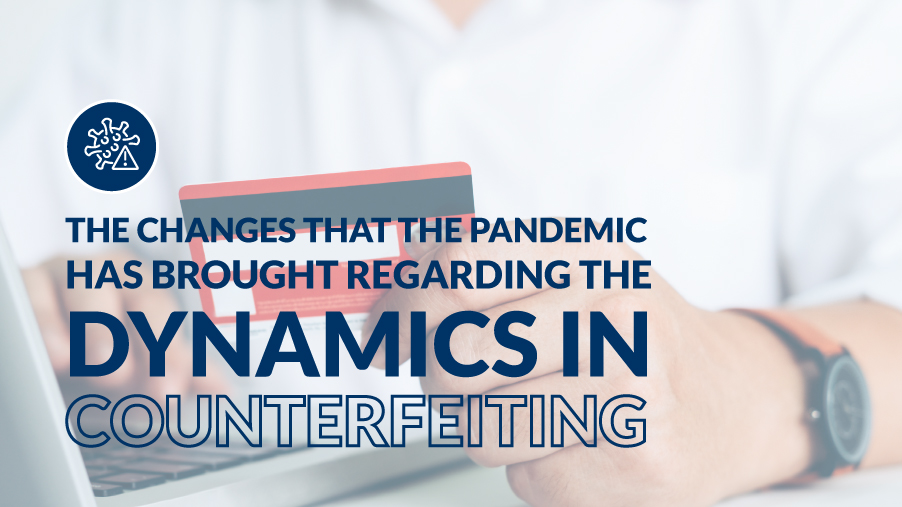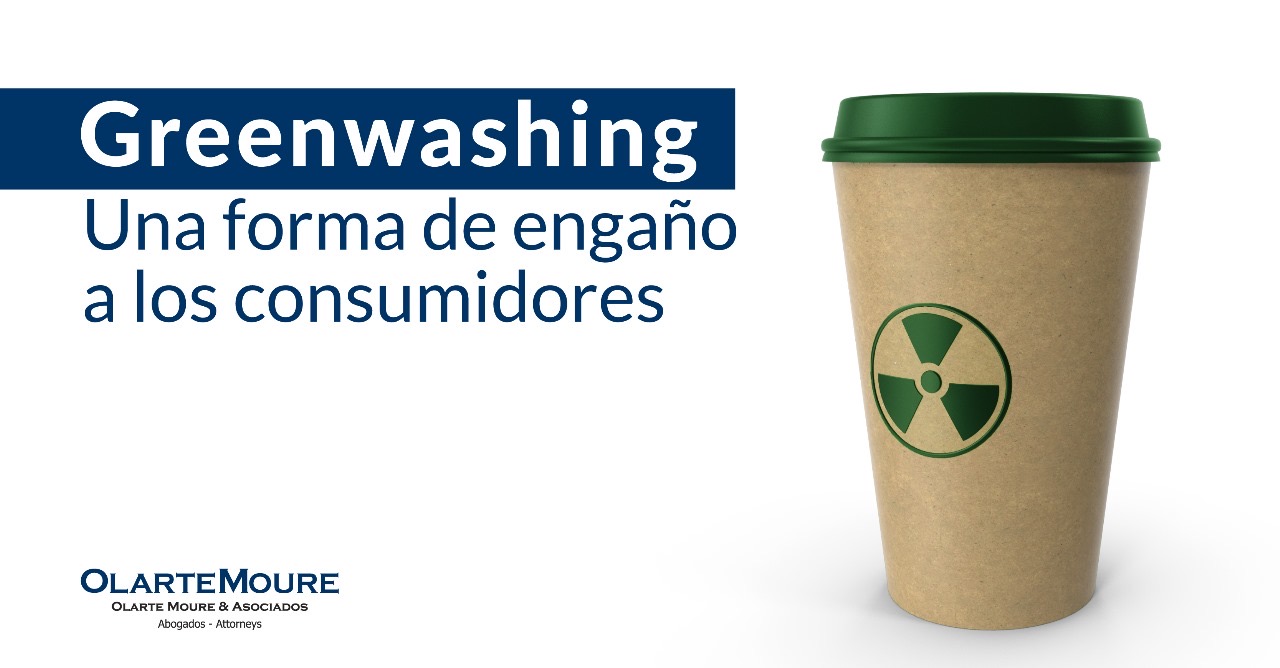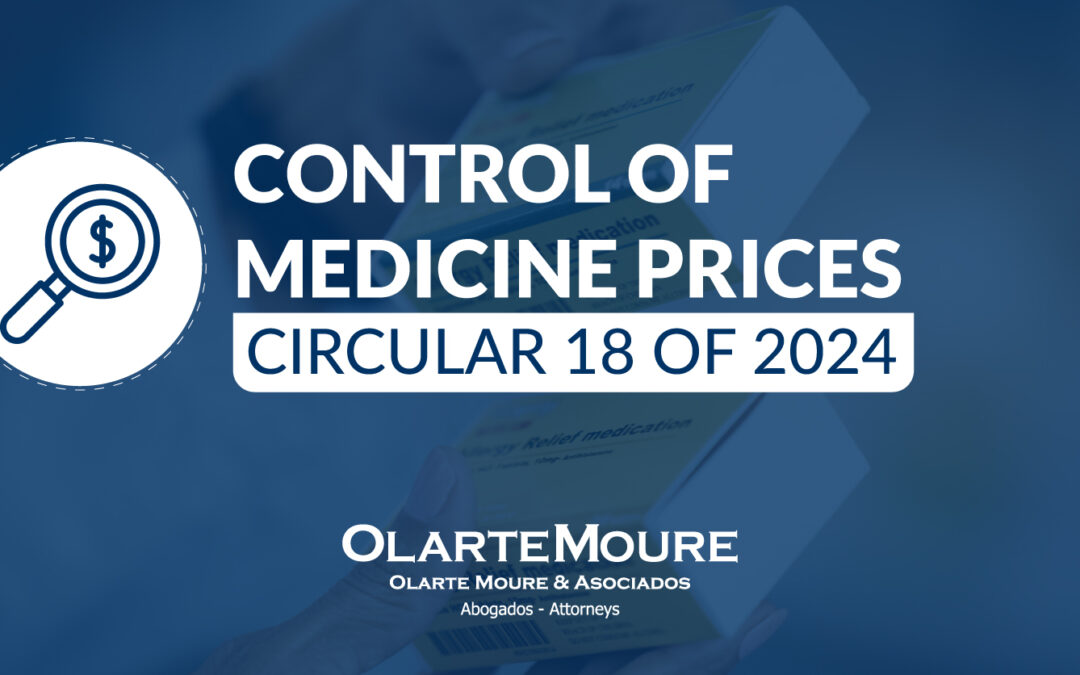The COVID 19 pandemic accelerated the virtualization processes, for example some things we thought were futuristic are now everyday gadgets. The tools were already there but now we became their biggest users.
This trend helped the exponential increase in the trade of legal and illegal goods through digital channels.
While anti-piracy and anti-counterfeiting have historically focused on public markets, where consumers know or think they know they will find contraband products, imagining that their low price is due to said illegal entry into the country, when they are counterfeit products.
However, the buyers that the pandemic inherited from us are users of different digital channels that allow direct interaction between sellers and buyers, a physical location, shelves, or employees are no longer required. You don’t even need to be in the country of sale; I could be in Argentina and sell in Colombia without any problem, I just must coordinate the shipments of the products purchased.
In times of COVID 19, the presence of these sellers increased exponentially, to the point that the sale of counterfeit products online ceased to be a complement to direct counterfeiting and its sale in establishments became the main point of product marketing. counterfeit.
For this reason, one of the biggest concerns that any brand should have today is to review whether its anti-piracy and anti-counterfeiting structures and strategies are responding to this new reality. If not, here are some recommendations:
It is an obligation to have a good technological system for detecting and dismantling unauthorized publications, profiles, and websites.
The development of a connection strategy with users where the brand makes the legal and extralegal advantages visible is essential. All brands offer loyalty benefits and warranty tools.
It is vital to generate a digital platform, where a potential client buys under the support of being able to acquire an original product.
The work with customs is going to take on more importance, this is based on the application of important border measures to stop the products before they enter the country. In addition to this, the authorities must have an effective system to recognize the characteristic signs of trademarks and thus speed up their detection.
Serious digital work will help to understand the flows and origin of these products. If any of these is purchased on a secure platform, it will help detect who and where they are sending it from.
Multi-jurisdictional work is relevant for local and foreign authorities. This is an international task, regularly a product purchased in Colombia is made in another country or vice versa.
The final strategy is the creation of data intelligence from the new digital tools, it is important that we recognize an opportunity, and not just a threat. In digital cases, counterfeiters can leave more traces that expose them.








